Results 6,271 to 6,280 of 12096
Thread: Anandtech News
-
09-01-16, 09:36 AM #6271
Anandtech: IFA 2016: Qualcomm Announces VR820 Reference Platform, QCA9379
Following up the announcement of details on the Snapdragon 821, Qualcomm is also announcing a dedicated standalone VR HMD running Snapdragon 820 as a reference design which was designed in partnership with Goertek as the ODM. The VR820 reference design has a 1440x1440 AMOLED display per eye at 70 Hz and can display 4K at 70 FPS with HEVC. This reference design uses Android and supports the 6DoF Tango APIs, so head tracking is seamless. Motion to photon latency is 18 ms which is probably at least comparable to the Gear VR. The VR820 reference design will be available Q4 2016 and commercial devices based on this reference design will be available next year.
For wearables, the major announcement that Qualcomm has of note is announcing their design wins in the Fossil Q Wander and Q Marshall which use Snapdragon Wear 2100 which has quad core 1.2 GHz Cortex A7s.
Finally, the QCA9379 is a combo chip with dual stream WiFi 802.11ac, Bluetooth 4.2, and MU-MIMO for WiFi. There’s also support for WiFi and Bluetooth coexistence and integrates power amplifiers and LNAs onto a single chip to reduce cost. There’s also set top box reference design that uses Snapdragon 820 which also has dual stream 802.11ac. Both are sampling now with commercial device availability expected by the end of this year.
More...
-
09-01-16, 01:30 PM #6272
Anandtech: Lenovo’s Yoga Book Convertible Scraps Physical Keyboard in Favor of Touch-
At IFA trade show in Berlin, Lenovo announced its latest addition to the Yoga product line, the Yoga Book convertible laptop that replaces physical keyboard with a large touchpad, which can act as a keyboard and a drawing board. The Yoga Book will be one of the thinnest and lightest convertibles on the market and will be available with Google Android and Microsoft Windows OSes.
From hardware point of view, the Lenovo Yoga Book is an ultra-thin convertible featuring a 10.1” capacitive touch IPS display (1920×1200 resolution) that is based on the Intel Atom x5-8550 which is Intel's Cherry Trail SoC with four cores running at up to 2.4 GHz, 2 MB cache, and 12 EU Gen 8 integrated graphics. The device is equipped with 4 GB of LPDDR3, 64 GB of NAND flash storage (a microSD card is also present), 802.11 ac Wi-Fi as well as LTE connectivity and so on. The Yoga Book system is just 9.6 mm thick and weighs only 690 grams since it is made of magnesium aluminum alloy. However, specifications and dimensions are not the key highlights of the novelty.
Gallery: Lenovo Yoga Book with Windows 10





The Yoga Book convertible is one of the first products of this kind to scrap a physical keyboard in favor of a large 10.1” touchpad covered with a special anti-glare matte glass and featuring backlighting that turns on when the keyboard is needed. The surface, which Lenovo calls the Halo Keyboard, supports a haptic touch feedback technology to emulate physical keyboard and thus reduce the amount of typos that usually occurs when typing on tablets. To further speed up typing, Lenovo developed a special app that learns its user’s typing habits and tries to predict the words that are typed. The surface is essentially a large digitizer featuring Wacom technologies, it is possible to place a piece of paper on it, draw something, or write a note, and get it digitized automatically. To do so, you’ll need Lenovo’s dual-use active electrostatics (ES) stylus with Wacom Feel tech that supports 2048 levels of pressure sensitivity and can also write/draw on regular paper (special refills are needed).
The replacement of a physical keyboard with touch-sensitive surface allowed Lenovo to make its Yoga Book thinner than other convertibles with flip around hinges. At the same time, this opens up doors to new usage models for the device, at least for those, who use a stylus.Lenovo Yoga Book Specifications Yoga Book with Windows 10 Yoga Book with Android 6.0 Processor Intel Atom x5-Z8550
(Quad-core, up to 2.4 GHz, 2 MB cache)Memory 4 GB LPDDR3 Graphics Intel HD Graphics Display 10.1" IPS
1920×1200 resolutionStorage 64 GB Networking 802.11ac
2G/3G/4G (optional)SIM Nano SIM card Audio Dolby Audio Premium
Headset jackBattery Li-ion Polymer
8500 mAh
13 hours battery lifeSensors Vibrator
G-Sensor
Ambient Light Sensor
Hall Sensor
GPSButtons/Ports USB, HDMI
microSD card readerBack Side Hinge with 360° Rotation
Air Vents Integral to HingeDimensions 10.1" × 6.72" × 0.38"
256.6 × 170.8 × 9.6 mmWeight ~1.52 lbs (0.69 kg) Webcam 2 MP front fixed-focus front webcam
8 MP front auto-focus rear camExtras Lenovo's software for Halo Keyboard Lenovo's software for Halo Keyboard
Lenovo's enhancements for Android 6.0Colors Carbon Black Gold
GunmetalPricing Starting from $549 Starting from $499
The manufacturer intends to offer several versions of its ultra-thin convertible. The Yoga Book in gold or gunmetal finishes with Google Android 6.0 OS will be available starting at $499. The carbon black Yoga Book Windows 10 will be priced starting at $549, whereas convertibles with Windows 10 Pro will be slightly more expensive. All versions are expected to hit the market in October.
Gallery: Lenovo Yoga Book with Android 6.0





More...
-
09-01-16, 05:41 PM #6273
Anandtech: Samsung Halts Galaxy Note7 Shipments Due To Fire Reports
Samsung has reportedly stopped shipments of the newly launched Galaxy Note7 amid reports that some units have caught fire after being received by users. The news was originally reported by Reuters after a number of users posted photos and videos of charred Galaxy Note7 phones online. According to the report, news sources in South Korea are also reporting that Samsung plans to launch a recall of the defective units so their batteries can be replaced, although this has not been confirmed by Samsung at this time.
While Samsung declined to comment on the initial reports, they have since released the following statement:
"In response to questions on Galaxy Note7, we are conducting a thorough inspection. We will share the findings as soon as possible. Samsung is fully committed to providing the highest quality products to our consumers."It's not yet clear how extensive the issue is, but even a small percentage of the total units sold would represent a substantial recall. It was originally reported that shipments had stopped in South Korea, and later reports from news outlets and users have stated that the shipment delays are in effect in several markets worldwide. Some sources are reporting that there may be a complete recall of the phones to ensure that all potentially defective units are taken off the market. Such a recall would be unprecedented in the mobile space, and it would be a significant blow to Samsung after launching the Galaxy Note7 just last month to favorable reviews from tech publications and users alike.
The news caused a decline in Samsung Electronics Co Ltd's stock value, with seven billion dollars being knocked off its market value as of last Thursday. Without knowing the extent of the problem, it's difficult to say where things will go from here for Samsung and the Galaxy Note7. With any luck there will be further communication in the coming days from Samsung about the issue and their plans to resolve it for affected users.
More...
-
09-02-16, 12:23 AM #6274
Anandtech: Alienware Refreshes The Alienware 15 And 17 Gaming Notebooks At PAX
Today Dell’s gaming brand is announcing updates to their larger form factor gaming notebooks. The Alienware 15 and 17 are launching with a new design featuring a thinner chassis and updated internals, which will significantly improve performance.
Alienware is calling the 15 and 17 VR-Ready, and to get there they’ve turned to NVIDIA’s Pascal lineup of mobile graphics cards with the GTX 1080 on the 17 and GTX 1070 on the 15. Since Kaby Lake has only just launched with the dual-core Y and U series, Alienware is still leveraging Intel’s 6th generation Core with quad-core i7 available.
Alienware 15The design has changed as well. Alienware has moved to a new hinge-forward arrangement, which puts the display hinge closer to the user. This gives additional room at the rear of the laptop for components and cooling, allowing Alienware to shave 25% of the thickness off of the previous generation model. They aren’t the only manufacturer to do this, and it seems to work well on other gaming laptops. The chassis is designed with anodized aluminum, magnesium alloy, and steel reinforcements. Alienware even pointed out they put a steel plate behind the keyboard to protect the laptop if you have a bad game and end up smashing it, although I’d still not recommend testing this.
The keyboard has become a focal point with this generation, and Alienware has moved to newer switches which offer an impressive 2.2 mm of key travel. In addition, Alienware now joins the N-Key rollover club which means the keyboard can handle ten key presses simultaneously. For those that are into RGB lighting, Alienware does offer its lighting system, but it does not feature per-key RGB lighting.
Another new feature is Tobi eye tracking built-in to the laptop. This has been available on other gaming laptops already, but for those unfamiliar, Tobi technology uses cameras to track eye movement. This can then be leveraged to allow partial or full control of some functions with just your eyes, which sounds a bit crazy, but in titles that support it there could be some nice benefits such as the ability to auto-hide the HUD in a FPS unless you are looking at it, but the most interesting thing Alienware mentioned in the briefing is that they have software which will track your eye movement, and then when you are killed in a game, you can then replay the kill and find out where your eyes were at the time, and perhaps use this to improve your gaming performance over time. If it sounds silly, just remember that eSports are a big thing, with real money available, so players will likely be interested in this. Another excellent side benefit of the Tobi system is that it is Windows Hello capable, so you can log in with just the camera.
The displays are 1920x1080 IPS panels, and the 15-inch model will be available with a 120 Hz G-SYNC display as an option, as well as a UHD IGZO offering, which is likely similar to the one Dell implements on the XPS lineup. Battery options are a 68 Wh and optional 99 Wh battery, which is pretty much the maximum you can put in a laptop. I wouldn’t expect great battery life, but with the new Pascal chips we could be surprised.
Both models will continue to work with the Alienware Graphics Amplifier as well. I asked them if they were going to move to Thunderbolt 3 for this, but they said they get more bandwidth out of the proprietary connector and are not looking to change at this time.
Both models will be available this month at Dell.com. Prices have not been announced yet.
Source: Alienware
More...
-
09-02-16, 03:10 AM #6275
Anandtech: Razer Announces Availability Of The Stargazer Webcam And ManOWar 7.1 Headp
Just a couple of quick announcements from Razer at IFA. First off is the Razer Stargazer webcam finally has a launch date, after initially missing it’s Q2 2016 window. The Stargazer webcam was originally announced at CES and for a full breakdown on the camera, check out our initial post here. As a brief summary, it’s an Intel RealSense 3D webcam which offers Windows Hello support for facial recognition based login, and it targets game streamers with the ability to use the RealSense 3D to remove the background from an image and only overlay the person into the game stream. It also supports 1080p at 30fps as well as 720p at 60fps, which is higher than many webcams if you want to do a 60fps stream. Razer has also dropped the price from the original $199 MSRP to $149. Pre-orders are up now, and shipping will be October 2nd.
They’ve also updated their ManO’War headset with the latest ManO’War 7.1 model. It features 50 mm drivers for virtual 7.1 surround, and offers sound isolation and in-line volume controls. It has a retractable MEMS boom mic, and an included USB digital-to-analog converter for the PC and Mac, or a standard 3.5mm audio jack for compatibility with Xbox, PlayStation, or any other device. It will retail for $119.99 with pre-orders now, and shipping in October as well.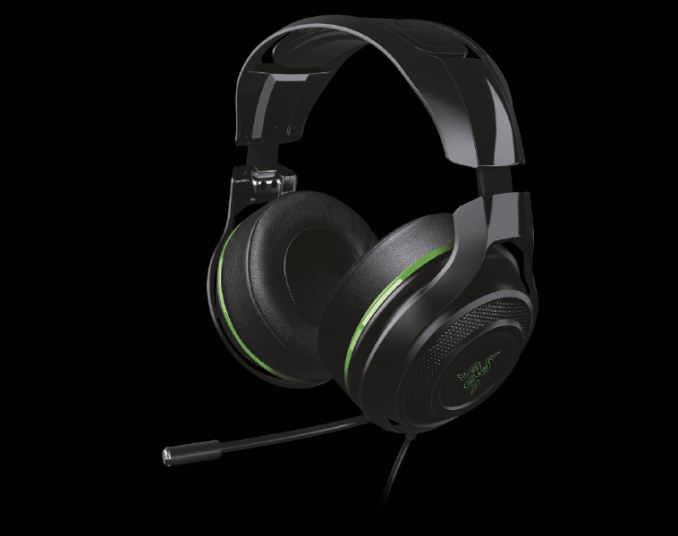
More...
-
09-02-16, 06:14 AM #6276
Anandtech: Hands On with ASUS ROG Avalon: A Teardown Video
During Computex 2016, as part of their 10-Years of the Republic of Gamers’ celebrations and showcase, ASUS surprised me with a new take on the PC: the ROG Avalon. The Avalon is still a very extensive work in progress, however the fundamental concept is highly intriguing for anyone interested in PC design – using custom form factor parts and fitting them into a dedicated chassis but still opening up the options for users to customize their build. We were able to grab the hardware and Johnathan Chu, Product Manager for motherboards at ASUS, for a short time to record a video for a quick teardown and analysis.
More...
-
09-02-16, 07:58 AM #6277
Anandtech: ASUS ZenWatch 3 Announced: Round Display, Snapdragon Wear 2100, Long Batte
ASUS introduced its third generation ZenWatch at the IFA trade show on Wednesday. The ZenWatch 3 wearable features a new case design with round display and uses a more energy-efficient hardware platform when compared to its predecessors. The manufacturer claims that its new timepiece can work for two days on a single charge, which is longer than many contemporary Android Wear-based devices. Besides that, it can be charged quicker thanks to HyperCharge technology.
The ASUS ZenWatch 3 (WI503Q) will be one of the industry’s first devices to use Qualcomm’s Snapdragon Wear 2100 SoC (APQ 8009w) with four ARM Cortex-A7 cores, an Adreno 304 GPU, integrated wireless connectivity (802.11n Wi-Fi, Bluetooth 4.0, NFC, GPS, etc.) and so on. ASUS says that the new SoC consumes 25% less energy when compared to the Snapdragon 400 (which was used for the previous two generations of ZenWatches) and therefore stretches out the battery life of the new device. The new processor is accompanied by 512 MB of LPDDR3 memory, 4 GB eMMC NAND flash storage, six-axis gyroscope and accelerometer as well as an antenna for Wi-Fi and Bluetooth. The new SoC is not the only improvement under the hood of the ZenWatch 3. The manufacturer claims that the new smartwatch has higher precision activity tracking than predecessors and competitors, which means that the novelty is equipped with improved sensors.
Besides changing the hardware platform, ASUS also changed the design of the ZenWatch 3. The new smartwatch comes in a classic round case made of 316L stainless steel that is 9.95 to 10.75 mm thick. Because of the new form-factor, ASUS also had to change the display of its ZenWatch 3 and equipped its device with a 1.39” AMOLED 2-point touchscreen with 400×400 resolution (287 PPI). The case is IP67 water resistant and the display is protected with curved Corning Gorilla Glass 3. ASUS plans to offer three color schemes for its ZenWatch 3 — silver, gunmetal and rose gold, as well as rubber and leather straps. All three versions of the ZenWatch 3 have a distinctive rose gold bezel around the screen to further emphasize the new classic look.ASUS ZenWatch 3 Specifications WI503Q Processor Qualcomm Snapdragon Wear 2100
4×ARM Cortex-A7
Adreno 304 GPU
802.11n Wi-Fi, Bluetooth 4.0, etc.RAM 512 MB LDDR3 Storage 4GB eMMC NAND flash Display 1.39" AMOLED
400×400 resolution
287 PPI pixel density
2-point touchDisplay Protection 2.5D curved Corning Gorilla Glass 3 Wireless Bluetooth 4.1
Wi-FiSensors 6-axis (G+A), ambient light sensor Battery 340mAh with quick-charge (15 mins for 60% battery)
Battery life: 1–2 days
Battery pack: 200mA (optional)Charging Magnetic charging cable Water Resistance IP67 Color Silver, Gunmetal, Rose Gold Strap Rubber or leather Dimensions Diameter: ? 45mm
Height: 9.95-10.75mmInputs Three buttons, touchscreen Price €229/$229
Unlike its predecessors as well as other Android Wear-based smartwatches, the ASUS ZenWatch 3 comes with three buttons. Right now, we do not know what each button does, but the addition of extra two buttons may mean either certain new functions or just improved comfort when using existing ones.
Since the ZenWatch 3 timepiece is Google Android Wear-based, it will be compatible with smartphones running modern versions of Apple iOS and Google Android OSes.
ASUS plans to begin shipments of its ZenWatch 3 this fall. The price in Europe will start at €229 and the price in the U.S. should be similar in USD.
Gallery: ASUS ZenWatch 3: Round Display, Snapdragon Wear 2100, Long Battery Life



More...
-
09-02-16, 09:04 AM #6278
Anandtech: HDMI Alt Mode for USB Type-C Announced
Over the past year we have seen an increasingly number of vendors, associations, and consortiums lay their support behind the USB Type-C port and take advantage of its alternate mode capabilities. Via alternate modes, a portion of the pins can be reallocated to carry signals other than USB SuperSpeed data, allowing a single port to be a USB port, data port, a display port, and more. This week the HDMI consortium has become the latest group to make use of the alt mode functionality, announcing the HDMI alt mode specification.
Like the other specifications using the alt mode feature, the development of an HDMI alt mode is intended to give laptops and other devices the option of outputting HDMI video over a Type-C port, rather than requiring a separate HDMI port. This saves space and can simplify the process of hooking up an HDMI display, all the more important as devices continue to get thinner and USB-C ports become more common. The addition of an HDMI alt mode means that device manufacturers, when devices are suitably configured, can now offer a direct HDMI connection over USB-C from their devices using a simple cable. Previously the only way to offer HDMI via USB-C was to first pipe out DisplayPort, and then covert that to HDMI, which requires a more complex full protocol adapter.
Digging into the announcement, it’s interesting to note that the alt mode specification is for HDMI 1.4b, and not HDMI 2.0, which means that the maximum resolution with full chroma subsampling is 4Kp30. The latter 2.0 specification uses the same pins, just at a higher data rate, so I’m not sure if there’s some kind of technical limitation in play here, or if the consortium had other reasons to favor 1.4b. Few mobile devices can output 4Kp60 video right now, however laptops with dGPUs are already there, and eventually iGPUs will get there as well. Otherwise the full HDMI feature set is supported, including the audio return channel, CEC, and the Ethernet channel.
Meanwhile the HDMI consortium hasn’t released too much in the way of technical details for how the pin configuration works, so there are a few holes here. As we’ve already seen with DisplayPort’s alt mode, you can typically use 11 pins for an alt mode – the 8 SuperSpeed pins, the 2 SBU pins, and one of the CC pins – and ignoring the 4 shield pins of the HDMI connector, I’m not sure how this maps to the remaining 15 pins of an HDMI connector. The consortium notes that this is meant to enable HDMI over a “simple cable,” so if a chip ends up being required, I’d expect it to be equally simple.
One thing to note though that compared to the existing DisplayPort alt mode, HDMI requires all 4 of its high speed data/clock lanes to operate, so it doesn’t appear that there won’t be an option to have a cable carry a mix of HDMI video and USB SuperSpeed data. This means that manufacturers that make multi-port adapters with both USB 3.0 and HDMI – like Apple’s Digital AV Multiport Adapter – will still need to utilize DisplayPort-to-HDMI conversion to make the necessary lane allocations work. The HDMI alt mode, in this respect, seems far more focused on just directly connecting devices with HDMI displays, with maybe a USB-C pass-through for power.
In any case, the HDMI consortium expects the first HDMI alt mode capable devices to be announced early next year, possibly in time for CES 2017. Like the other alt modes, manufacturers do need to build in support for the HDMI alt mode – typically using a simple mux – so whether a device supports this alt mode will vary on a case-by-case basis. But given how popular HDMI is, if it’s easy (and cheap) to implement I wouldn’t be surprised to see pretty wide adoption for this alt mode in laptops and other devices that already have HDMI capabilities.
More...
-
09-02-16, 09:04 AM #6279
Anandtech: Razer Updates The Razer Blade And Razer Blade Stealth At PAX
Today Razer is announcing some refreshes to it’s system lineup as well, with both the Razer Blade and Razer Blade Stealth getting significant updates. The Razer Blade makes the obvious jump to Pascal graphics, but let’s dig into the Stealth updates first.
Earlier this year, Razer took their first jump into the Ultrabook ring with the Razer Blade Stealth. Announced at CES, this was an incredibly thin and light notebook which featured a Core i7 U series processor, an aluminum chassis, and optional UHD display. The really interesting part was that Razer priced it at just a $999 starting price, which isn’t inexpensive, but for a Core i7 Ultrabook, it was below similar models from other manufacturers.
The Razer Blade Stealth is a pretty good Ultrabook too. It can be docked with the Razer Core over USB Type-C, allowing a full desktop GPU as well as a docking station and power, all over a single cable. The one major disappointment on the Stealth was the battery life, which was well below other Ultrabooks. With just a 45 Wh battery, it was under capacity on battery, and not as well optimized as competitors, so it was a double blow against it. Razer has taken this to heart, and have tried to address both concerns. First, they’ve increased the battery capacity from 45 Wh to 53.6 Wh, which is about a 19% increase in battery capacity. This alone should help a great deal, but Razer has said that they’ve also optimized the power of the laptop to get better battery life as well. This one isn’t as easy to give a number for without actually testing the device, but any work here would be welcome, since it was one of the least optimized Ultrabooks we’ve tested in a while.
In addition, Razer is updating to the latest Kaby Lake processors, with the Core i7-7500U being the only CPU option. The storage starts at 128 GB for the QHD version, and 512 GB for the UHD model, with the UHD offering a 1 TB PCIe SSD now as well. System memory is also doubled to 16 GB of LPDDR3-1866, which is excellent to see, especially since the price has not changed. The rest of the product hasn’t changed, with the same dimensions and weight, even with the higher capacity battery. Check out our review of the first gen here. It keeps the same starting price of $999 and is available to order now.
Next up is the Razer Blade, Razer’s flagship gaming notebook. It got a nice upgrade last year, with the same per-key RGB keyboard as the Stealth, but it is now available with the NVIDIA GTX 1060 graphics, compared to the outgoing model’s GTX 970M. This is the same number of CUDA cores and same 192-bit memory bus as the outgoing GTX 970M, but it now offers 6 GB of RAM at 8 Gbps, and a much higher core and boost clock compared to the GTX 970M and should be a significant performance upgrade.
Razer is also bringing back the non-touch 1920x1080 model in addition to the 3200x1800 model, but this time with higher storage than the 128 GB it was originally stuck with. System memory is 16 GB for all models as well, with the Core i7-6700HQ as the only CPU. It is compatible with the Razer Core through USB Type-C.
Razer has kept the same basic design for the Blade for several generations now, but it’s a solid design that suits them well, and it’s still one of the nicest laptops around with a CNC aluminium chassis and excellent display. The latest Razer Blade starts at $1799, available for order now and shipping in October.
Source: Razer
More...
-
09-02-16, 09:39 AM #6280
Anandtech: Lenovo Reveals Yoga 910 Convertible: Intel’s Kaby Lake Meets 4K Display an
Lenovo this week took the wraps of its new Yoga 910 convertible, an aluminium 2-in-1 equipped with a 4K UHD display and is based on Intel’s upcoming 7th generation Core processors codenamed Kaby Lake. The Yoga 910 inherits distinctive form-factor from the previous-gen Yoga 900 laptops, makes it slightly thinner and adds a fingerprint reader to the familiar design.
The Lenovo Yoga 910 is the direct successor of the Yoga 900 introduced last year, which at present is Lenovo’s top-of-the-range offering in the Yoga lineup. The new Yoga 910 will not only offer higher performance (something that is logical to expect from a PC based on a newer CPU), but also a slightly larger 13.9” IPS display panel with either 4K (3840×2160) or FHD (1920×1080) resolution. Thanks to thinner bezel, the larger screen does not affect dimensions of the convertible, and in fact the new model is even a little smaller and thinner (14.3 mm vs 14.9 mm) than its predecessor. Still, it is noteworthy that the Yoga 910 weighs 1.38 kg (3.04 lbs), which is around 80 grams more than the weight of the Yoga 900. When it comes to battery life the UHD model can offer 10.5 hours on one charge (in line with current models that have 3K displays), whereas the FHD promises to work for up to 15.5 hours (which is a massive improvement over current SKUs).
Lenovo has not revealed the complete specifications of the Yoga 910 just yet, but they note that it will use Intel’s Core i7 "Kaby Lake" 7000-series CPUs, up to 16 GB of RAM, a PCIe SSD (with up to 1 TB capacity) and will be equipped with a 802.11ac Wi-Fi + Bluetooth 4.1 module, a 4-in-1 card reader, 720p webcam, a dual-array microphone, two speakers made by JBL, as well as a fingerprint reader compatible with Windows Hello. For wired connectivity, the Yoga 910 has one USB 3.0 Type-C with video out functionality, one USB 2.0 Type-C for charging as well as one USB 3.0 Type-A port with always-on charging capability.Lenovo Yoga Specifications Yoga 3 Pro Yoga 900 Yoga 910 Processor Intel Core M-5Y71 (4.5W) Intel Core i7-6500U (15W) Intel Core i7-7000 series Memory 8GB DDR3L-1600 8-16GB DDR3L-1600 Up to 16 GB Graphics Intel HD 5300
(24 EUs, Gen 8)Intel HD 520
(24 EUs, Gen 9)Intel HD Graphics Display 13.3" Glossy IPS
16:9 QHD+ (3200x1800) LCD13.3" Glossy IPS
?16:9 QHD+ (3200x1800) LED13.9" 4K (3840 x 2160) IPS
13.9” FHD (1920x1080) IPSHard Drive(s) 256GB/512GB SSD
(Samsung PM851)256GB/512GB SSD (Samsung ?) Up to 1 TB PCIe SSD Networking Broadcom 802.11ac
(2x2:2 802.11ac)Intel Wireless AC-8260 (2x2:2 802.11ac) 2x2:2 802.11ac Audio JBL Stereo Speakers
1.5w x 2
Headset jackJBL Stereo Speakers Dolby® DS 1.0
Headset jackJBL Stereo Speakers with
Dolby Audio Premium
Headset jackBattery 4 cell 44Wh
40W Max AC Adapter4 cell 66Wh Unknown Buttons/Ports Power Button
Novo Button
2 x USB 3.0
Headset Jack
Volume Control
Auto Rotate Control
DC In with USB 2.0 Port
1 x Micro-HDMI
SD Card ReaderPower Button
2 x USB 3.0-A
1 x USB 3.0-C
Headset Jack
SD Card Reader
DC In with USB 3.0-A Port
Power Button
1 x USB 3.0-A
1 x USB 3.0-C
1 x USB 2.0-C for charging
Headset Jack
SD Card ReaderBack Side Watchband Hinge with 360° Rotation
Air Vents Integral to HingeDimensions 13" x 9" x 0.5"
330.2 x 228.6 x 12.8 mm12.75" x 8.86" x 0.59"
324 x 225 x 14.9 mm12.72" x 8.84" x 0.56"
322 x 224.5 x 14.6 mmWeight 2.6 lbs (1.18kg) 2.8 lbs (1.3 kg) 3.04 lbs (1.38 kg) Extras 720p HD Webcam
Backlit KeyboardColors Light Silver
Clementine Orange
GoldenPlatinum Silver
Clementine Orange
Champagne GoldPlatinum Silver
Champagne Gold
GunmetalPricing $1148 (256GB)
$1379 (512GB)$1200 (8GB/256GB)
$1300 (8GB/512GB)
$1400 (16GB/512GB)Starting from $1299
When Lenovo’s Yoga 910 laptops hit the market in October, they will be available in Champagne Gold, Platinum Silver and Gunmetal colors. Apparently, Lenovo is dropping its signature Clementine Orange color it uses for consumer notebooks in case of the Yoga 910. As for prices, the new convertibles will start at $1299, which is a $100 increase over current-gen models.
Gallery: Lenovo Reveals Yoga 910 Convertible: Intel’s Kaby Lake Meets 4K Display and Ultra-Thin Form-Factor





More...
Thread Information
Users Browsing this Thread
There are currently 3 users browsing this thread. (0 members and 3 guests)




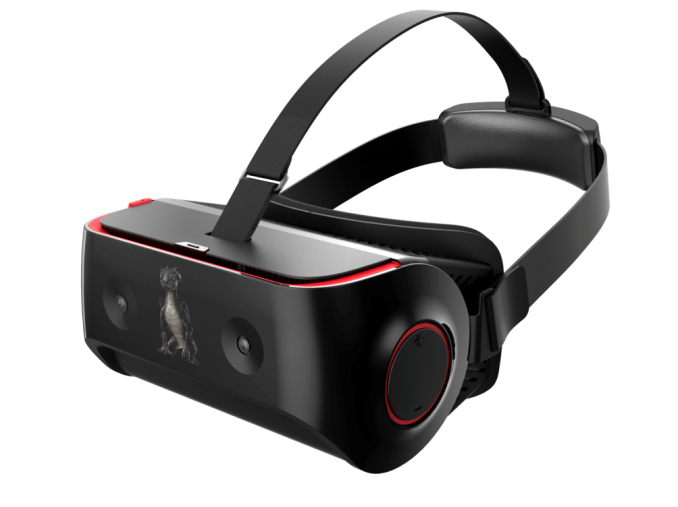



 Quote
Quote
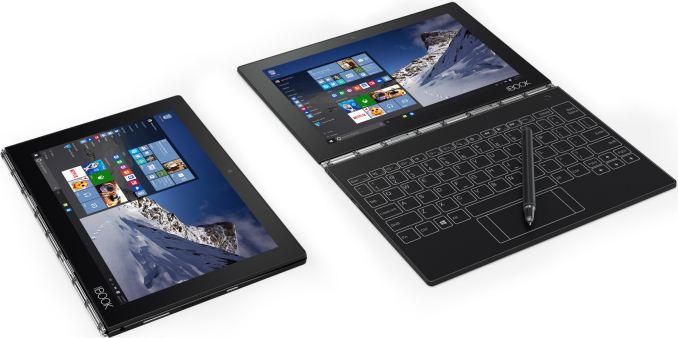


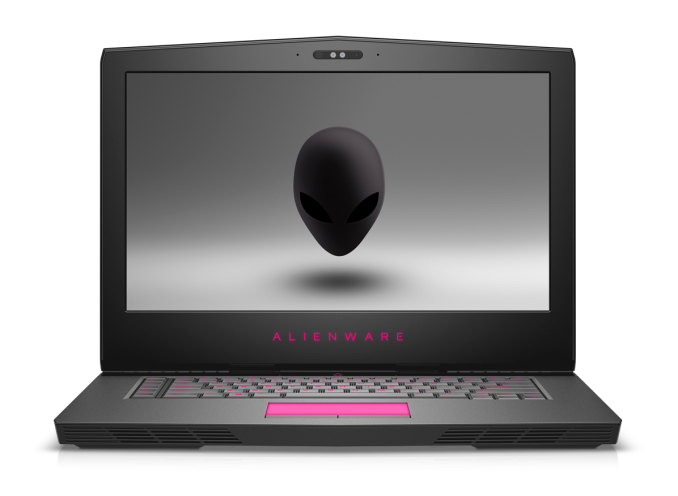




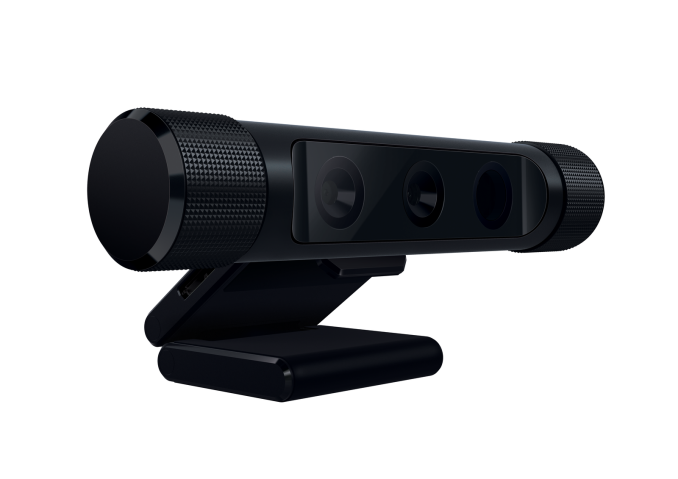
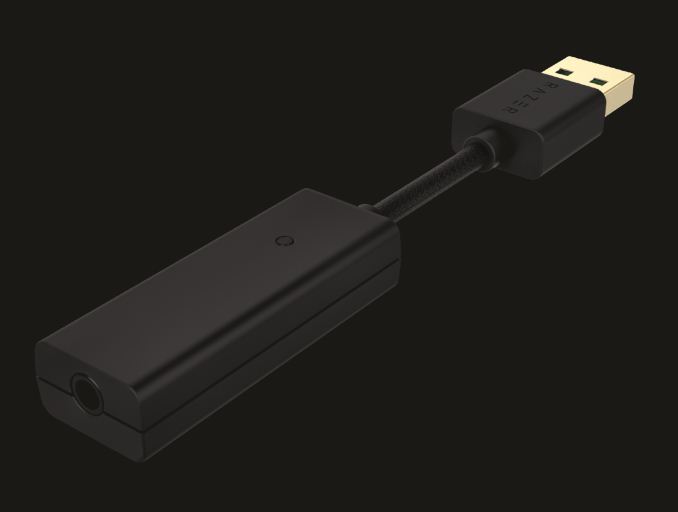
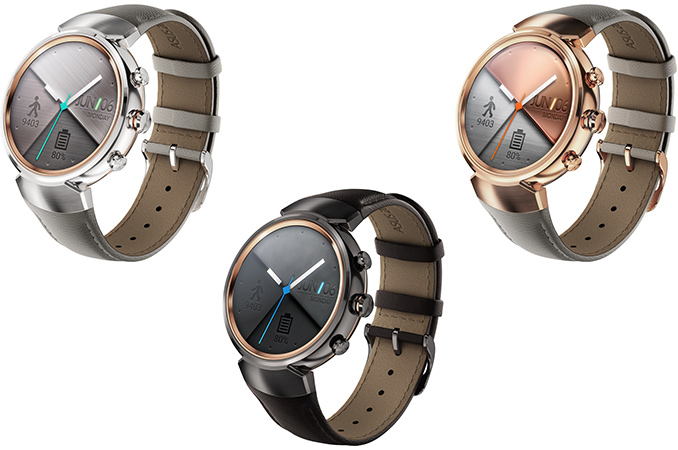
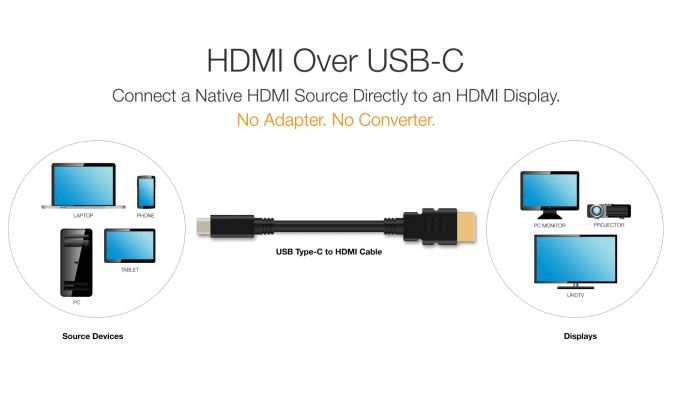



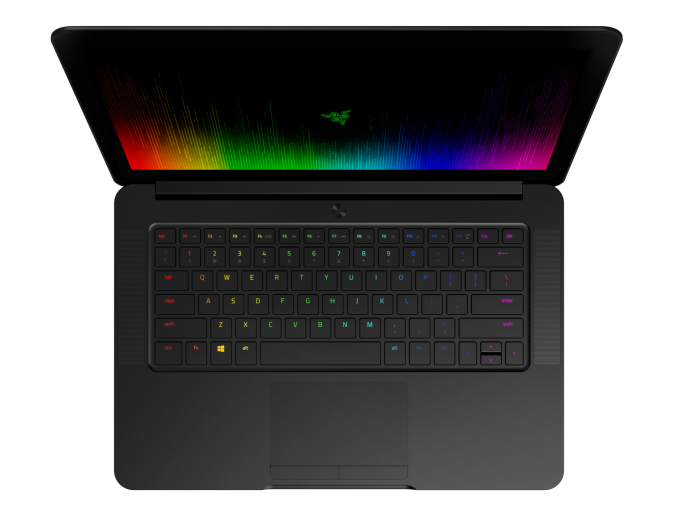
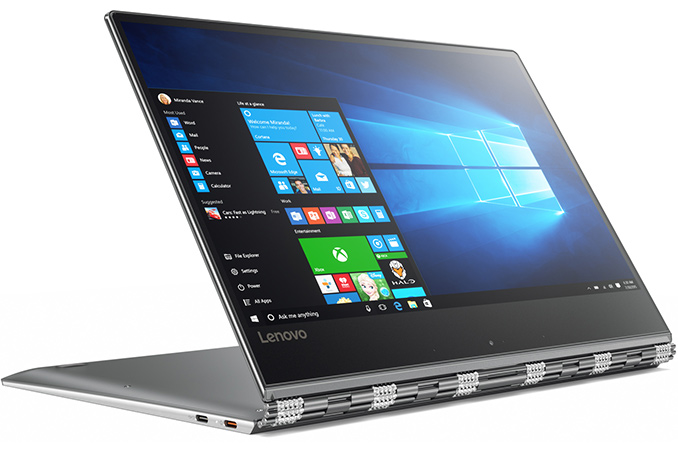
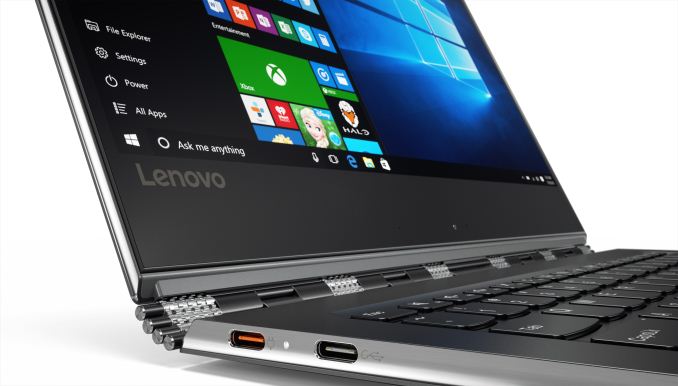
















Bookmarks